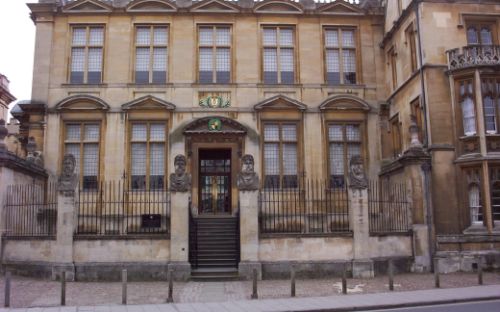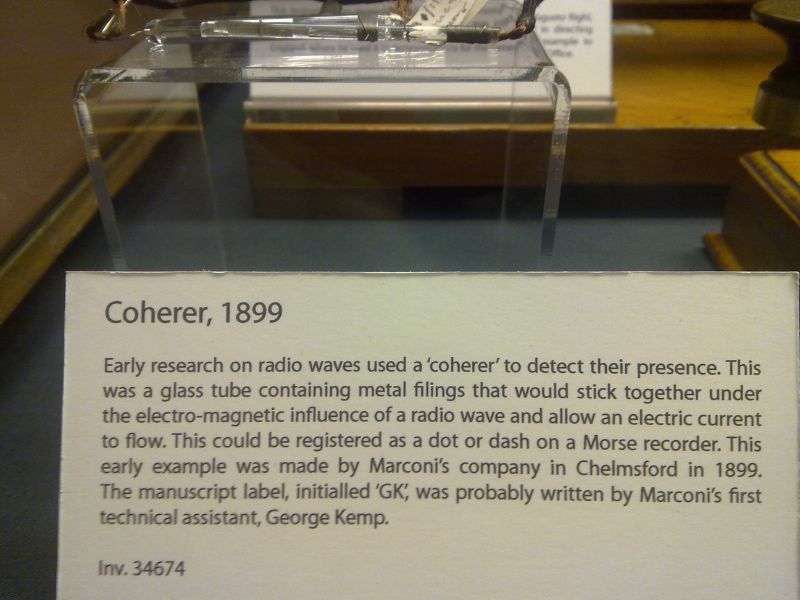Museum of the History of Science and its collection
The History of Science Museum, located on Broad Street in Oxford, England, is home to a significant collection of scientific instruments that span from the Middle Ages to the 19th century. This collection provides a comprehensive overview of the evolution of scientific tools and methodologies over several centuries, offering visitors a unique insight into the history of science.
Einstein's Blackboard
Among the many fascinating objects in the museum's collection, one of the most iconic is Einstein's Blackboard. This blackboard was used by Albert Einstein during his lectures at the University of Oxford on 16 May 1931, making it a significant piece of scientific history.
Variety of Scientific Instruments
The museum's collection includes a wide variety of scientific instruments, such as quadrants, astrolabes, sundials, early mathematical instruments, and optical instruments. It also houses equipment associated with chemistry, natural philosophy, and medicine, as well as a reference library on the history of scientific instruments. This diverse collection offers visitors a comprehensive look at the tools used in various scientific fields throughout history.
Science & Technology History & Anthropology Astronomy Historic house Industrial heritage
#3 Free museums in Oxford #4 History & Anthropology in Oxford #3 Science & Technology in Oxford #2 Historic houses in Oxford #94 Free museums in England #130 Science & Technology in England #11 Astronomy museums in England #107 Industrial & heritage museums in England #135 Free museums in United Kingdom #149 Science & Technology in United Kingdom #14 Astronomy museums in United Kingdom #126 Industrial & heritage museums in United Kingdom #45 Astronomy museums in Europe


















